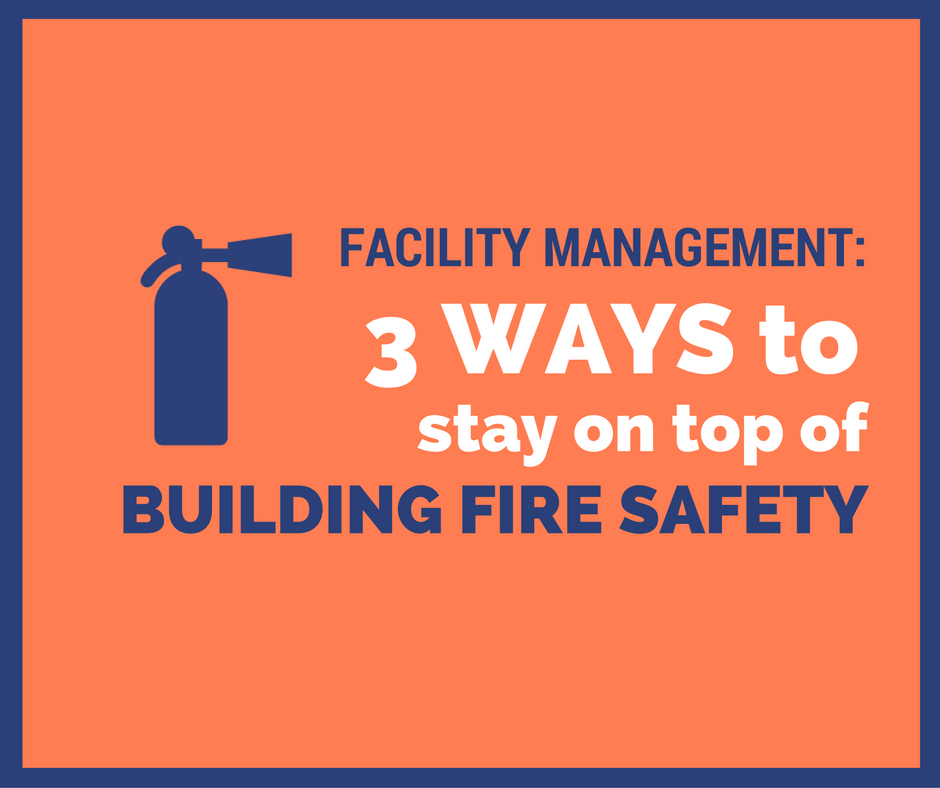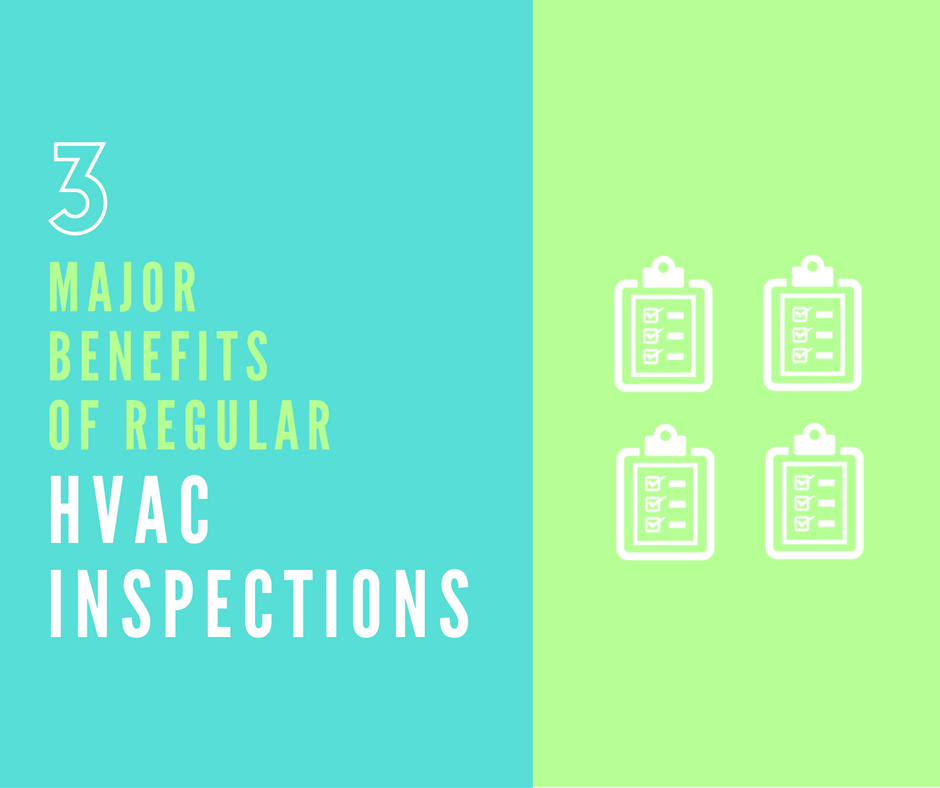Three Major Benefits of Regular HVAC Inspections
Performing regular HVAC inspections and maintenance is essential when it comes to optimizing the performance and lifespan of your building’s...

As a facility manager, you’re used to wearing many hats. With daily responsibilities varying from the security of your building, to property maintenance, overseeing renovation projects and more - you end up being the go-to person for any facility-related issues or questions.
With so much to juggle, it’s easy for things to slip through the cracks from time-to-time. But, building fire safety is one thing that must remain a top priority for facility managers.
In this blog, we’ll discuss three tips to help you stay on top of fire safety on an ongoing basis, prevent incidents, and be prepared in the event there is a fire.
When it comes to fire safety and prevention, one of the most valuable things you can do as a facility manager is perform regular fire safety inspections. By ensuring there are no fire hazards, all fire protection systems are functioning, and disability access is to standard, you’re prioritizing the safety of building occupants and compliance with NFPA standards.
Using a mobile form software like IntouchCheck streamlines your inspections, allows to you to react to issues immediately, and gives you access to your inspection records and documentation anywhere, anytime. IntouchCheck even offers pre-made mobile form templates like the fire safety inspection form which includes questions from NFPA.
Even when following building fire safety and prevention best practices, you need to be prepared in case of a fire. To do so, it’s crucial to have an emergency evacuation plan for your facility. Because the size and layout of the building and number of people occupying it can change, your plan should always be adjusted to account for structural and other changes. This plan should be shared with co-workers and facility occupants whenever there is an update.
Fire drills are common practice, not only to test that alarms are working, but also to ensure the facility’s employees and occupants know how to safely evacuate the building. But, the problem with fire drills is that people often don’t take them seriously. There is a tendency for people to view fires as unlikely, so they don’t really weigh the impact a fire can have on them.
One of the obstacles you have to overcome as a facility manager is the complacency tenants generally get when it comes to fire drills. While it may be an inconvenience to them, it’s crucial that you liaise with your facility’s occupants to emphasize how important it is that they participate in these drills and that you have their best interest at heart.
While facility managers are the go-to person for everything from building temperature to locked out tenants, one of the most important parts of their job is the security of the facility’s occupants and employees. Using these three building fire safety best practices regularly ensures compliance with NFPA standards, commitment to fire prevention, and safe reactions in case of a fire:

Performing regular HVAC inspections and maintenance is essential when it comes to optimizing the performance and lifespan of your building’s...

Many successful businesses in the facility maintenance, custodial, and cleaning services industries pride themselves on their quality control...

Oil and gas inspections are a powerful tool that can be used to ensure field teams are executing safely and correctly, give you visibility into...